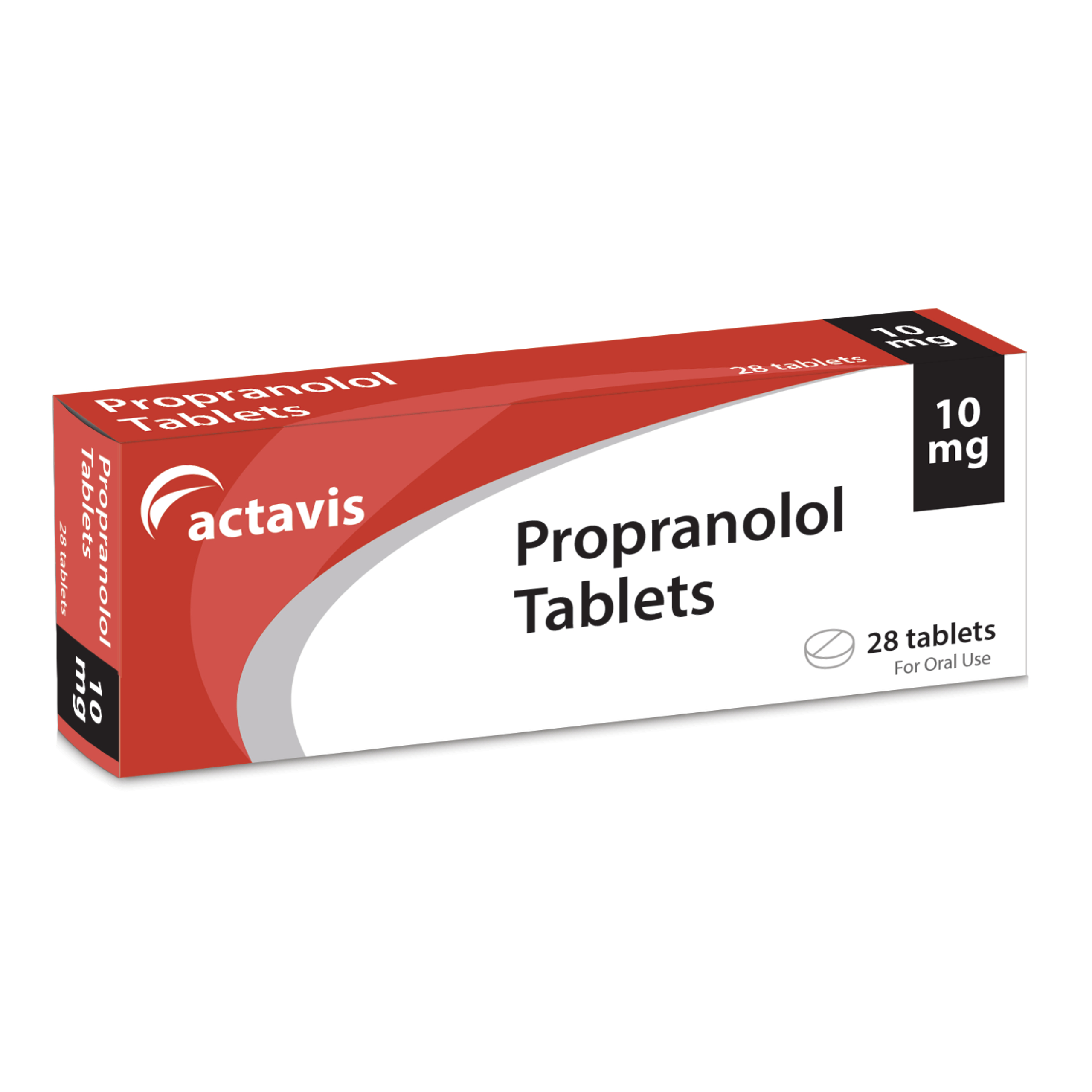What Is Propranolol?
Propranolol is a prescription beta-blocker used to treat a range of heart and anxiety-related conditions. It helps lower blood pressure, reduce heart rate, and ease strain on the heart. Doctors commonly prescribe it to manage high blood pressure, angina, irregular heart rhythms, and to prevent migraines. It’s also used off-label to relieve physical symptoms of anxiety, such as tremors and a racing heartbeat.
What Is Propranolol Used For?
— Controls high blood pressure
— Reduces chest pain caused by angina
— Helps regulate irregular heart rhythms (arrhythmias)
— Prevents migraine attacks
— Eases physical symptoms of anxiety, including shaking and rapid heartbeat
How Does Propranolol Work?
Propranolol blocks the effects of adrenaline on the heart and blood vessels. This action:
— Slows the heart rate
— Lowers blood pressure
— Reduces strain on the heart
— Helps regulate blood flow to vital organs
For anxiety, it targets the body’s physical stress response—reducing symptoms like sweating, tremors, and palpitations without affecting mental alertness.
How Should Propranolol Be Taken?
Follow your doctor’s advice and dosage instructions carefully. Here’s a general guide:
— Take with or without food, but stay consistent with how you take it
— Swallow tablets whole with water—don’t crush or chew
— Stick to the prescribed dose and timing (usually once or twice daily)
— Don’t stop taking Propranolol suddenly unless advised by a doctor
Missing doses or stopping abruptly can affect your heart rhythm or blood pressure, so always consult your GP first.
Are There Any Side Effects?
Like all medicines, Propranolol can cause side effects—although not everyone will experience them. Most are mild and go away with time.
Common side effects:
— Tiredness or fatigue
— Dizziness or light-headedness
— Cold hands or feet
— Slow heartbeat
— Sleep problems or vivid dreams
Uncommon or rare side effects:
— Nausea or diarrhoea
— Mood changes or depression
— Shortness of breath
— Impotence or reduced libido
Serious side effects (seek medical help):
— Worsening asthma symptoms (e.g. wheezing or breathlessness)
— Severe allergic reactions
— Sudden swelling of the face, lips, or throat
If anything feels unusual or persistent, speak to your GP as soon as possible.
Who Should Avoid Propranolol?
Propranolol may not be right for everyone. Avoid this treatment if:
— You have asthma or other serious breathing problems
— You suffer from very low blood pressure or slow heart rate
— There’s a history of heart block or heart failure
— You’re allergic to propranolol or any ingredient in the tablets
— You have untreated pheochromocytoma (a rare adrenal gland tumour)
Always let your doctor know about any medical conditions or medications before starting Propranolol.
How Should It Be Stored?
— Store in a cool, dry place below 25°C
— Keep in the original packaging to protect from moisture and light
— Keep out of sight and reach of children
— Don’t use past the expiry date on the pack
— Return unused medicine to a pharmacy for safe disposal
